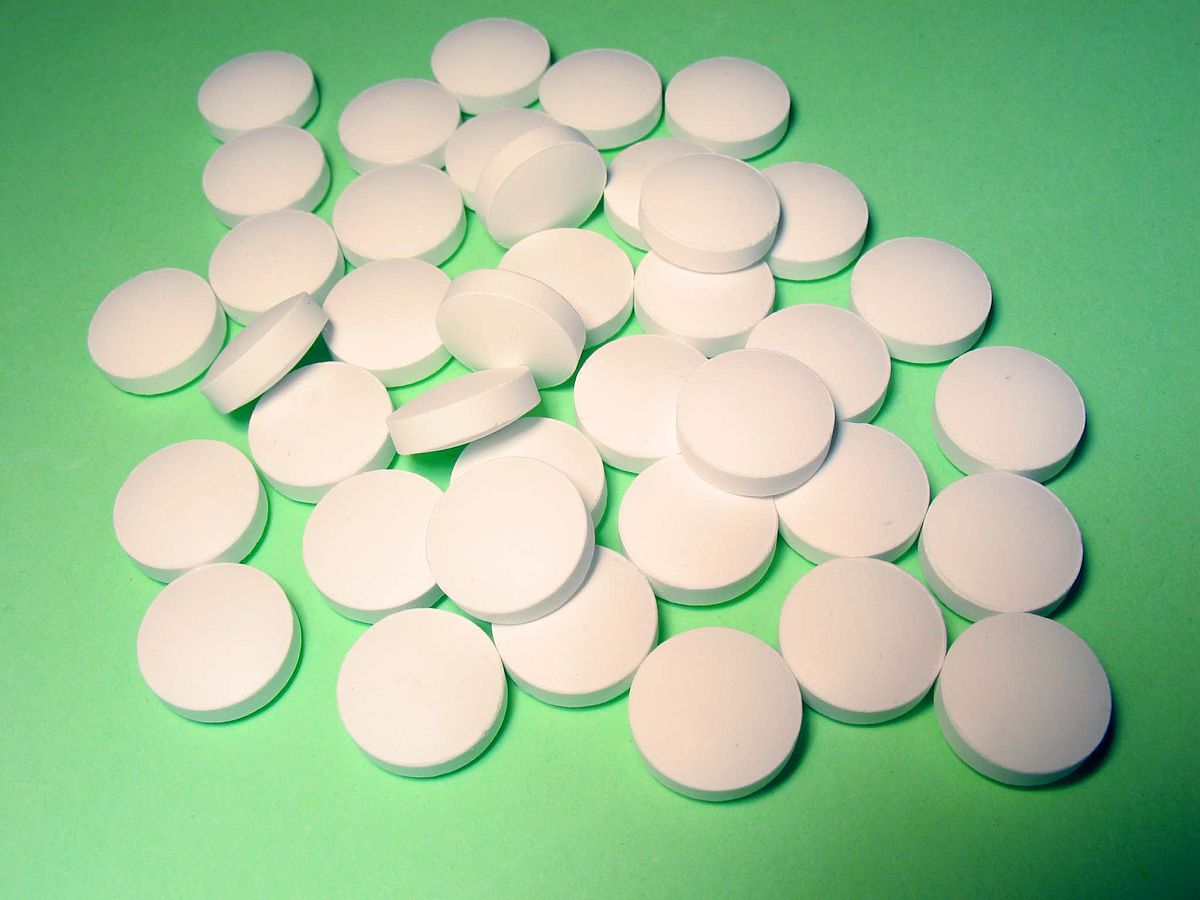 Could something as simple as giving a probiotic and a sugar for 7 days prevent sepsis in babies? Sepsis is a life-threatening infection that is a HUGE problem in developing countries such as India. It is a major cause of death in babies throughout the world, even with antibiotic treatment. So this new research (done in India) finding that giving newborn babies a probiotic plus the sugar fructooligosaccharide (FOS) for only one week had the result of lowering the incidence of sepsis and death by 40%, and also infections is huge news. A game changer.
Could something as simple as giving a probiotic and a sugar for 7 days prevent sepsis in babies? Sepsis is a life-threatening infection that is a HUGE problem in developing countries such as India. It is a major cause of death in babies throughout the world, even with antibiotic treatment. So this new research (done in India) finding that giving newborn babies a probiotic plus the sugar fructooligosaccharide (FOS) for only one week had the result of lowering the incidence of sepsis and death by 40%, and also infections is huge news. A game changer.
The researchers found that the strain given to the babies was very important. They first tried Lactobacillus GG and Lactobacillus sporogenes, but didn't have success. But a strain of Lactobacillus plantarum was amazingly effective. They gave it together with a sugar - fructooligosaccharide (FOS) - which together worked as a synbiotic. Synbiotics are combinations of probiotics with an FOS supplement that promotes growth and colonization of the beneficial bacteria. FOS (which is naturally found in breast milk and such plants as onion, chicory, garlic, asparagus, banana, artichoke, agave, leeks, wheat, barley), is food for the probiotic bacteria.
It must be pointed out that other studies have tried other probiotics in the prevention of sepsis, but have not been successful. Probiotics that did not work work in other studies were Streptococcus thermophilus, Bifidobacterium infantis, Bifidobacterium lactis, and Bifidobacterium breve. However, they did not also use prebiotic supplements (the FOS) - just the probiotic alone - and studied premature or low birth weight babies (while this study focused on healthy babies of approximately normal weight.) This is why research now needs to be done looking at other groups of babies. From Medical Xpress:
Study shows probiotics can prevent sepsis in infants
A research team at the University of Nebraska Medical Center College of Public Health has determined that a special mixture of good bacteria in the body reduced the incidence of sepsis in infants in India by 40 percent at a cost of only $1 per infant...... The special mixture included a probiotic called Lactobacillus plantarum ATCC-202195 combined with fructo-oligosaccharide (FOS), an oral synbiotic preparation developed by Dr. Panigrahi.
Probiotics are live bacteria and yeasts that are good for your health, especially your digestive system. Synbiotics are combinations of probiotics with an FOS supplement that promotes growth and sustains colonization of the probiotic strain. FOS, naturally found in breast milk and such plants as onion, chicory, garlic, asparagus, banana, artichoke and others, is food for the probiotic bacteria.
Sepsis is a severe complication of bacterial infection that results in around one million infant deaths worldwide each year, mostly in developing countries. It occurs when the immune system stops fighting germs and begins to turn on itself and can lead to tissue damage, organ failure and death. It is estimated that 40 percent of patients with severe sepsis in developing countries do not survive.
The team enrolled more than 4,500 newborns from 149 villages in the Indian province of Odisha and followed them for their first 60 days, the most critical period when they get sick and die. During their first days of life, the newborns were administered the oral preparation for seven days. Results of the randomized, double-blind, placebo-controlled study showed that sepsis and deaths in the first two months of infancy were reduced by 40 percent, more than twice the anticipated reduction of 20 percent. The synbiotic treatment also lowered respiratory tract infections. The effectiveness demonstrated in Dr. Panigrahi's study was so successful the study was halted early.
An interesting article about this research from The Atlantic: At Last, a Big, Successful Trial of Probiotics

 Huh?...A
Huh?...A